Are you experiencing a fuzzy screen when you turn on your projector? Do the visuals of your presentations lack clarity and sharpness? Having difficulty getting the perfect picture with your projector can be incredibly frustrating. Fortunately, it doesn’t have to stay this way. By following the simple and straightforward steps outlined in this blog post, you’ll find yourself achieving a much clearer picture from your projector within no time! Read on for helpful tips on understanding how projectors work, as well as tricks to adjust their settings so that they deliver crisp images every time.
How Does a Projector Operate?
A projector is an important piece of technology used in many different applications, such as business presentations or movies. The projector uses a combination of lenses, mirrors, and light sources to display images onto a screen or wall. It takes the input signal from a computer, DVD player, media device etc., and projects it onto the screen. Here’s a look at how this process works. [1]
The projector first takes the input signal, such as the video from a DVD player or laptop computer, and converts it into an image. This is done by using a Digital Light Processing (DLP) chip, which is a tiny semiconductor device that contains millions of micro-mirrors. These mirrors reflect light to create pixels on the screen.
The projector then takes the image and passes it through three different lenses. The first lens is a projection lens, which magnifies the image and focuses it onto a screen. The second is a color-correction lens that adjusts for any color distortions in the projected image. Finally, a polarizing filter helps reduce glare from ambient light sources that can make the picture harder to see.
Projectors can also be used with interactive whiteboards, which allow users to interact with the projected image. With this type of technology, users can draw on top of the projected image or write digital notes that appear in real-time on the projection screen. This is done by using a series of sensors and cameras that detect motions made by a special pen or stylus. The projector then displays these movements onto the board, allowing for a more interactive and engaging experience.
Projectors are a great way of bringing entertainment to a big screen, or for giving presentations in business settings. With the correct understanding of how they work, users can get the most out of their projector and make any presentation more effective. [2]
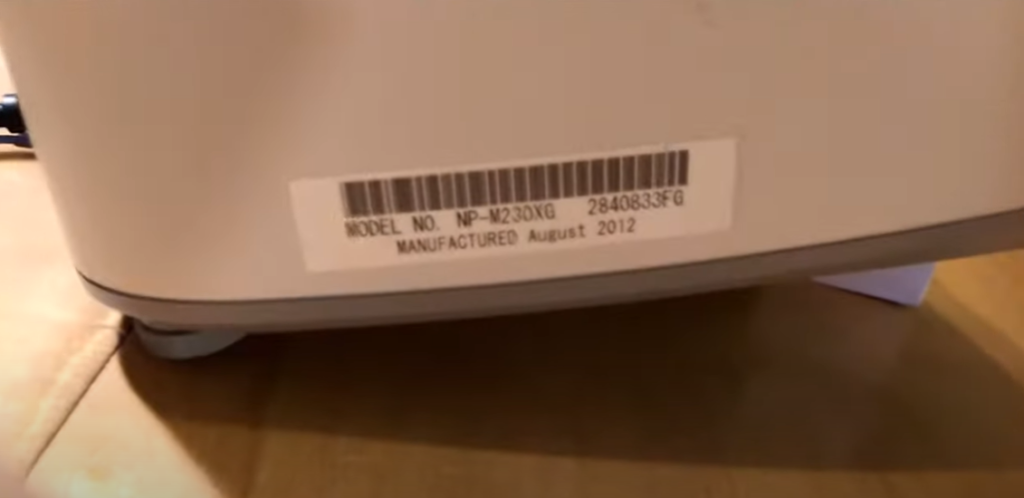
What Problems Can Occur With Projector Operation?
Projector operation can be a great way to share your work or display visuals in the classroom. However, there are several issues that may arise that could prevent you from getting the most out of your projector. Some of the common problems associated with projector operation include:
- Poor Picture Quality: If the projector is not set up correctly, it can result in a poor quality image. This could be due to incorrect settings such as brightness or contrast, or because of inadequate projection space. [3]
- Poor Sound Quality: The sound coming from the projector may be too low or distorted if the speakers are not properly connected. Additionally, some projectors may not have built-in speakers at all.
- Overheating: If the projector is not given sufficient ventilation, it can overheat and shut down unexpectedly. Additionally, this can cause damage to the projector’s internal components if left unchecked.
- Projector Bulb Failure: The bulb on a projector will typically last for several thousand hours of use before needing to be replaced. However, if proper care is not taken of the bulb, it may burn out prematurely and require a costly replacement.
- Malfunctioning Remote Control: If the projector’s remote control is not working properly, it can be difficult to adjust settings or turn the projector on and off. This issue may require professional service in order to resolve.
To ensure that your projector works properly and produces the best possible results, you should always consult a qualified professional for help setting up and diagnosing any issues. [4]
What is Projector Focus and Why Is It Important?
Projector focus is the process of properly aligning a projector’s lens to ensure clear, sharp images and video for presentation purposes. It is a fundamental element in all professional projection setups, from business meetings to classroom instruction. [5]
The importance of projecting focus lies in its ability to produce crisp visuals that are essential for effective communication. When a projector’s focusing is out of alignment, images appear blurry and distorted. When the focus is in proper alignment, however, the visuals are crystal clear and easy to understand.
When it comes to setting up a projector, the focus should always be the first step. Without proper focusing, all subsequent adjustments become moot. Projector focus can be adjusted manually or automatically depending on the model of the projector.
It’s important to check the projector focus periodically to make sure it remains accurate and up-to-date. Over time, focal points can become misaligned due to environmental factors such as dust or changes in temperature. Periodic maintenance helps ensure that your images remain crisp and clear for all your presentations and lectures. [6]
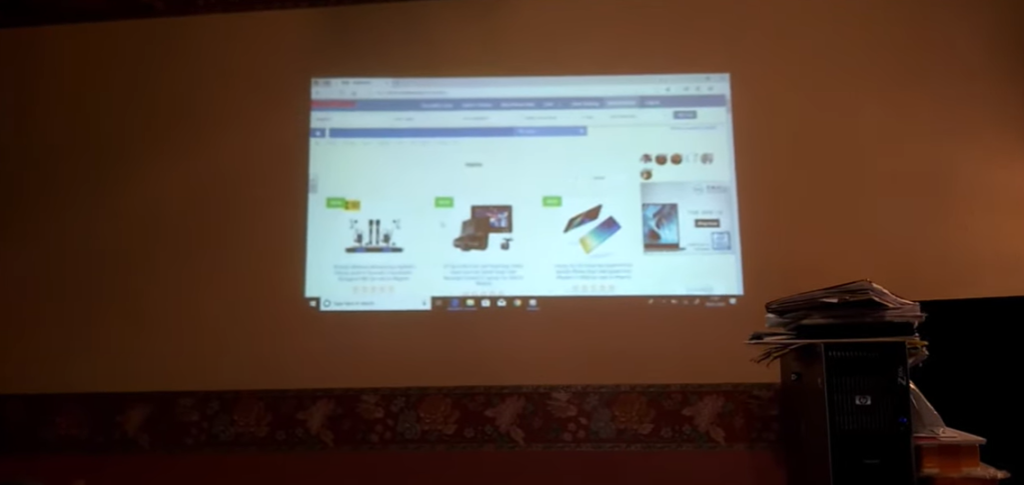
What Kind of Projects is the Projector Suitable for?
The Projector is a versatile and multi-purpose device that can be used in a wide range of projects. From large scale presentations to detailed home art works, the projector will easily meet your needs. Here are some examples of tasks the Projector can handle:
Presentations
The Projector comes with an in-built projector that can be used to make professional grade presentations. It has a powerful display, clear graphics and rich sound quality that makes it perfect for large scale presentations or small scale deabate shows. You can also connect the projector to your laptop and use it for remote presentations.
Home Art Works
The Projector has a bright and vivid display, making it ideal for projecting small works of art. It can be used to create stunning wall artworks or decorate the walls for special occasions. You can also use it to project videos and images onto your walls in order to bring life into any room.
Business Meetings
The projector can also be used for business meetings and conferences. It comes with a range of features such as HD displays, voice activation and remote control that make it ideal for use in these settings. With the Projector, you can easily present complex data in an understandable manner to your audience.
Movie Screenings
The Projector has a wide range of movie settings that make it perfect for movie nights in the garden or screening films in a large hall. With its high resolution display and crisp sound quality, you can experience cinematic experiences at home.
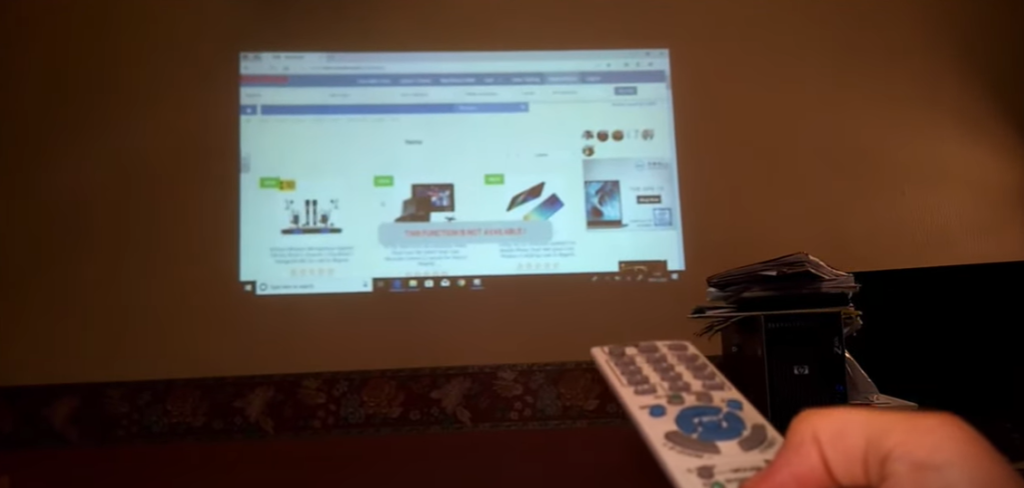
Gaming
The Projector is also great for gaming as it has a low latency response time and an adjustable focus so you can get better visuals when playing your favorite games. It also has HDMI inputs, so you can easily connect it to any gaming console or PC.
Education
The Projector is a great educational tool as it has a range of features that makes lessons more engaging and immersive. The projector can be used to make interactive presentations, teach complicated concepts in an easy way and project 3D images for a more realistic experience.
Customized Projects
The Projector also allows you to customize projects according to your needs. With its easy-to-use controls, you can adjust the brightness, contrast and other settings so that you get the exact results you want. The projector also comes with a range of customizable templates that you can use for various kinds of presentations or artworks. You can even save different settings for future use, allowing you to quickly jump back into projects you have already worked on. [7]
How to Customize a Projector?
Customizing a projector is an easy way to add some flair to your presentations. Here are some simple steps for customizing a projector:
- Choose the right projector. You’ll want to pick one that has enough lumens and resolution for your needs as well as other features such as 3D compatibility, HDMI ports, and wireless capability.
- Select a projector screen. Choose one that will match the size and shape of your presentation space so you get the optimal viewing experience. You can also select an electric screen for added convenience and flexibility.
- Install your projector in its new location. Make sure it is securely mounted to prevent any shaking or movement during presentations.
- Connect the necessary cables. You’ll need to connect your computer or other device to the projector with an HDMI, VGA, or other type of cable depending on your setup.
- Adjust the brightness and contrast settings on your projector for optimal image quality. This can be done easily in the projector’s menu system.
- Run a test image on your projector to make sure everything is working correctly. If you’re using a laptop, you can use the display test app included with the operating system.
- Decorate your projector and the area where it’s located in whatever way suits your needs. This could include adding colorful lights or wall decorations around the projector to make it stand out.
- Ensure that your presentation materials are accessible and ready to go when you need them. Have a folder or binder with all of your slides in it so you can quickly access them as needed.
Customizing your projector will make your presentations more interesting and engaging for your audience. With just a few simple steps, you can transform an ordinary projector into something special. With the right customization, you can make sure that your presentations stand out from the rest. [8]
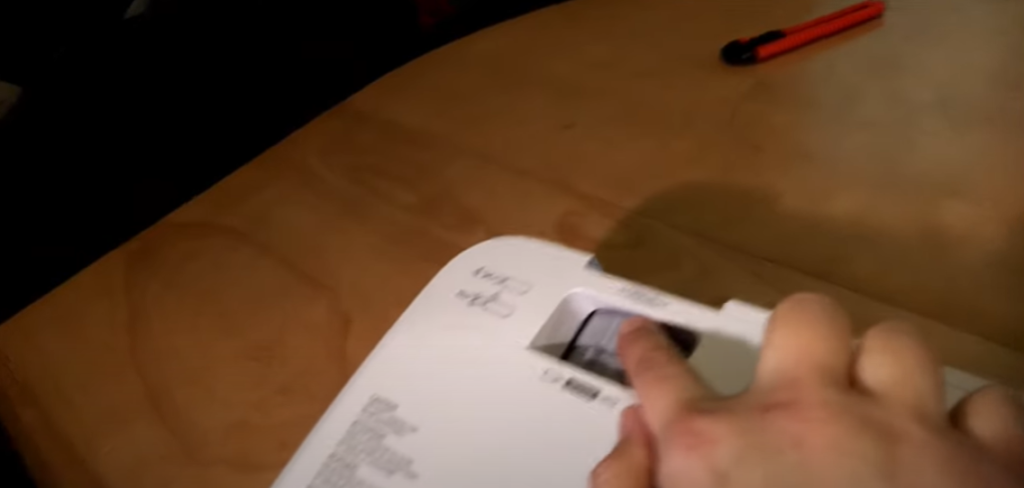
Ways To Make A Projector Picture Clear
Projectors are a popular way to present information, images, and movies. However, the picture produced by projectors can sometimes be blurry or unclear. Fortunately, there are some simple steps that you can take to ensure a clear projection every time.
1 Step: Adjust the Settings
The first step in making a projector picture clear is to adjust the settings. Most projectors have color, sharpness, and contrast settings that you can tweak to achieve a better image. You should also check the resolution setting of your projector to make sure it matches your source material (e.g., DVD or Blu-ray).
2 Step: Clean the Lens
Projectors can get dirty over time, and this can lead to a blurry or distorted picture. To make sure your projector is producing the best image possible, you should clean the lens regularly with a soft cloth or brush.
3 Step: Check for Interference
Another common cause of poor picture quality is interference from nearby electronic devices. To prevent this, make sure that your projector is set up away from any other equipment and sources of electromagnetic radiation (such as cell phones).
4 Step: Calibrate the Projector
Finally, you can calibrate your projector to ensure optimal picture quality. This involves adjusting various settings (e.g., brightness, color balance, etc.) until the image produced is as clear as possible. This can be a bit of an involved process, but it’s worth it for a perfect picture.
5 Step: Invest in a High-Quality Projector
If you’re still having trouble getting a clear picture, then it may be time to invest in a higher-end projector. A good quality projector will produce sharper and brighter images for an overall better viewing experience.
6 Step: Check the Connections
You should make sure that all of your connections are secure and in good working order. Loose cables or faulty plugs can lead to poor picture quality, so it’s important to check them regularly. [9]
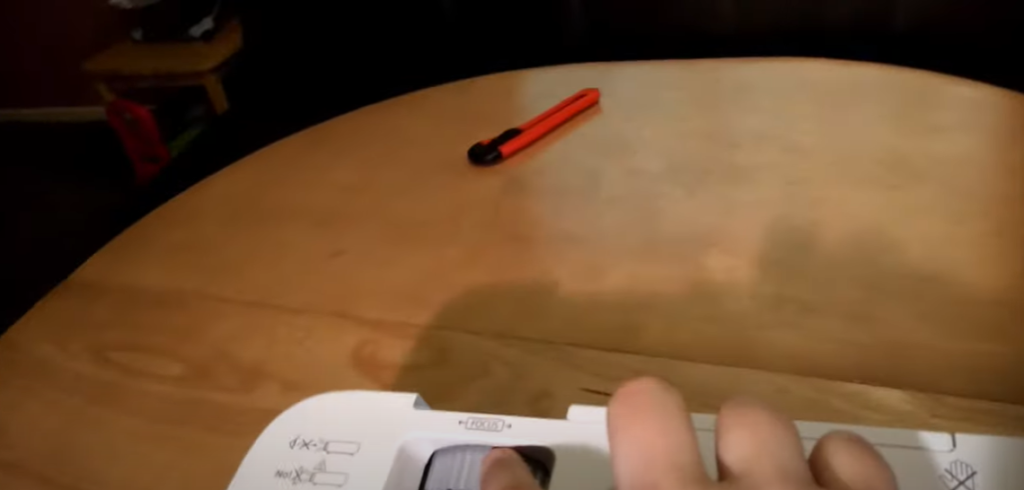
How to Maintain the Projector?
Maintaining your projector is essential to ensure it runs smoothly. Here are several tips to help maintain and keep your projector running like new:
- Keep the projector clean – Dust and dirt can build up on the lens, which will reduce image quality. Use a microfiber cloth to wipe down the lens periodically. Additionally, you’ll want to vacuum the area around the projector to keep dust buildup at a minimum.
- Avoid overheating – Your projector will run best when it’s not too hot or too cold. Make sure to keep the projector in an environment that maintains a temperature between 10-30°C (50-86°F). If necessary, use a fan or air conditioning unit to keep the temperature regulated and reduce the risk of overheating.
- Inspect the lamp regularly – The bulb should be inspected at least once a year, or more frequently if you notice any changes in projector performance. Replace it as soon as possible if it starts to flicker, dim, or lose brightness.
- Check the cables – Make sure all the cables are securely connected and free from any damage. Tighten all the connections and replace any frayed or worn out cables to prevent connection issues.
- Have a backup plan – Always have an alternate plan in place in case something goes wrong with your projector. Have a battery-powered source of light and extra projector bulbs on hand so you can continue using your projector in case of a malfunction.
- Perform regular maintenance – Have your projector serviced at least once a year to make sure it’s running at peak performance. This will help identify any potential issues before they become major problems and allow you to take the necessary steps to keep your projector functioning properly.
- Unplug unused cables – If you’re not using all the ports on your projector, make sure to unplug any unused cables. This will reduce wear and tear on both the port and the cable, which can help extend their lifespan.
- Keep it in a safe place – When not in use, store your projector in a dust-free area away from direct sunlight and heat sources. This will help keep it running like new for longer.
- Handle with care – Avoid dropping the projector and always transport it in a secure container to minimize the risk of damage. Additionally, never try to disassemble or repair your projector on your own as this can cause further damage. [10]
FAQs
Why are projectors not clear?
Projectors may not present a clear picture for a variety of reasons. Common problems include incorrect projector settings, poor positioning or alignment of the projector and screen, improper lamp brightness and color balance, and dust or dirt on the lens.
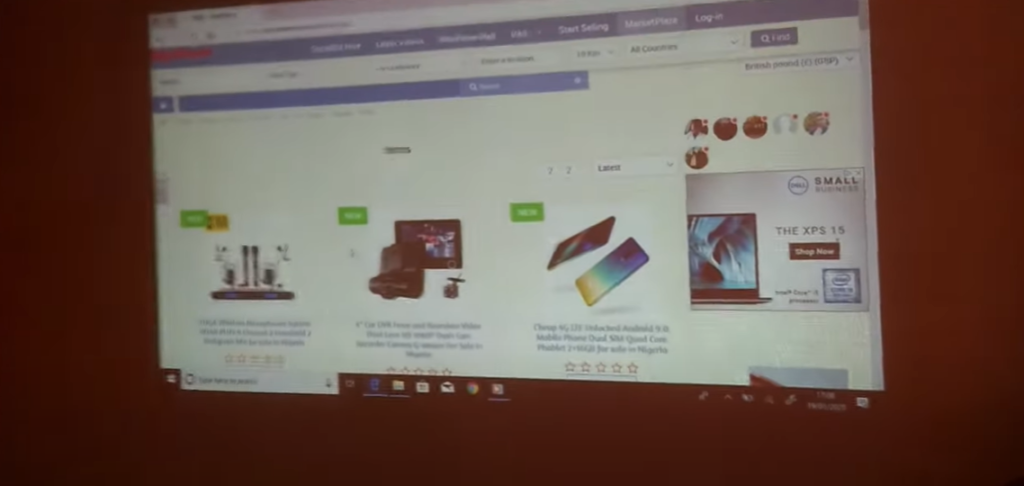
Why is my projector so pixelated?
Pixelation is a common issue with projectors and can be caused by several different factors. One of the most common causes of pixelation is incorrect resolution settings. If your projector’s resolution is set too high, it can cause the image to become blurry or distorted. Additionally, incorrect cable connections or outdated cables can also contribute to pixelated images on a projector.
You can easily fix pixelation on your projector by adjusting the resolution settings to the native resolution of your projector. This should be stated in the documentation that came with your projector, or you can search online for your particular model. Once you’ve set the correct resolution, make sure all cables are connected securely and check if any of them have become damaged or outdated.
If your projector is still displaying pixelated images, it could be due to the quality of the image source. Older video sources such as VHS tapes may not be compatible with modern projectors, which can result in poor image quality. Make sure that you are using a digital source with HD resolution if possible. If you’re streaming content, you should also consider using a digital media streamer to ensure the best possible image quality.
How can I make my projector more visible?
If you want to improve the visibility of your projector’s image, start by cleaning the lens. Dust and other contaminants can affect the clarity of the projected image. Once you’ve cleaned the lens, check that there is no discoloration or cut-off along any edges. If so, adjust the Zoom or Keystone settings until these issues are resolved.
If you’re still having trouble, try adjusting the color settings. Color brightness and hue can have a major impact on how clear your projected image appears. You may also want to play with the sharpness setting; if it’s too high, then small details in your image may appear distorted or pixelated.
What determines picture quality in a projector?
The quality of the projector picture is determined by a number of factors, including the light source, optics and electronics. The brightness and contrast settings of the projector also play an important role in determining how clear the image will be. Additionally, size matters – if you are using a larger format than your projector can handle, it may result in a blurry or distorted image. The distance of the projector from the screen can also influence the clarity. If it is too close or too far, your image will not be as sharp. Finally, the ambient light in the room can affect how clear your projected image appears – if there is a lot of background light, it can interfere with the quality of your projector’s output.
Useful Video: Make Your Home Theater Projector Look Better | Focus Trick for Textured Screens
To Sum Up
All in all, making your projector picture clear doesn’t have to be a daunting task. Whether you choose to manually adjust the settings, invest in improved cables, or buy a newer model of projector altogether, there are several ways to get the best picture possible. If nothing seems to be improving the clarity of your projector’s image, consider consulting with a specialist to make sure that the problem lies within the projector itself and not elsewhere. Finally, remember to remain patient during this process as it may take a few attempts before you achieve exactly what you’re looking for with regard to clarity. With a bit of patience and willingness to try different techniques or technologies, you can soon enjoy an improved viewing experience that will bring your projector images up to higher standards.
References:
- https://www.makeuseof.com/how-does-a-projector-work/
- https://www.projectorpoint.co.uk/blog/how-do-projectors-work
- https://pointerclicker.com/projector-display-problems/
- https://www.k12techrepairs.com/5-tips-to-fix-common-projector-issues/
- https://projectorpulse.com/projector-focus-uniformity/
- http://www.hightec-yt.com/en/new/2.html
- https://www.theprojectorexpert.com/projector-presentations/
- https://www.cnet.com/tech/home-entertainment/projector-setup-tips-how-to-get-the-biggest-best-image-for-movie-night/
- https://thehometheaterdiy.com/how-to-improve-a-projectors-image-quality/
- https://cyberschooltech.co.ug/taking-care-of-your-projector/

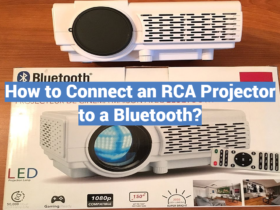



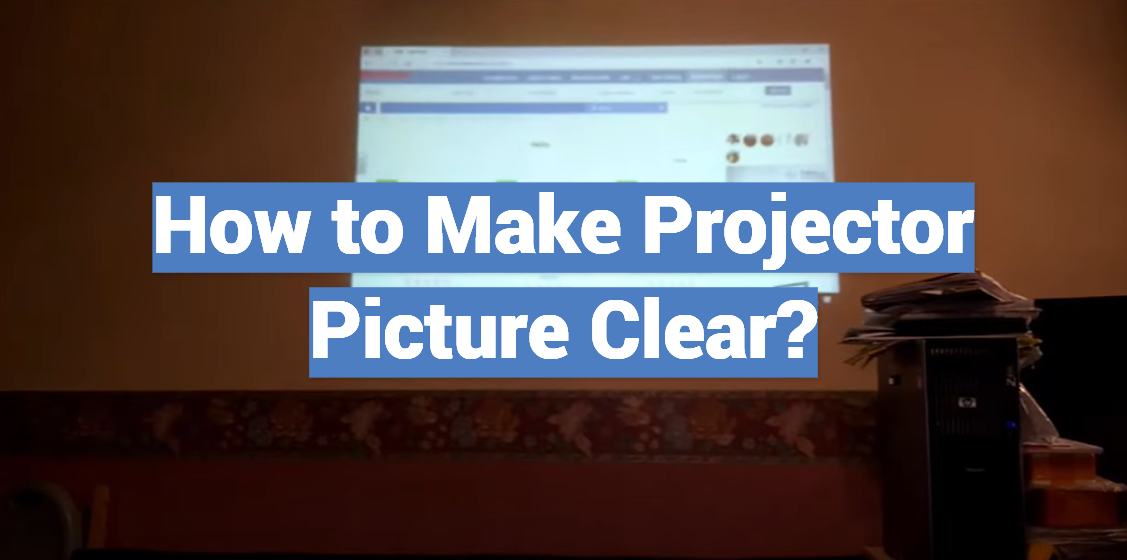
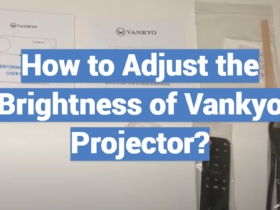

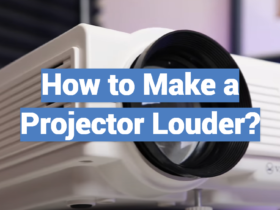

Leave a Review